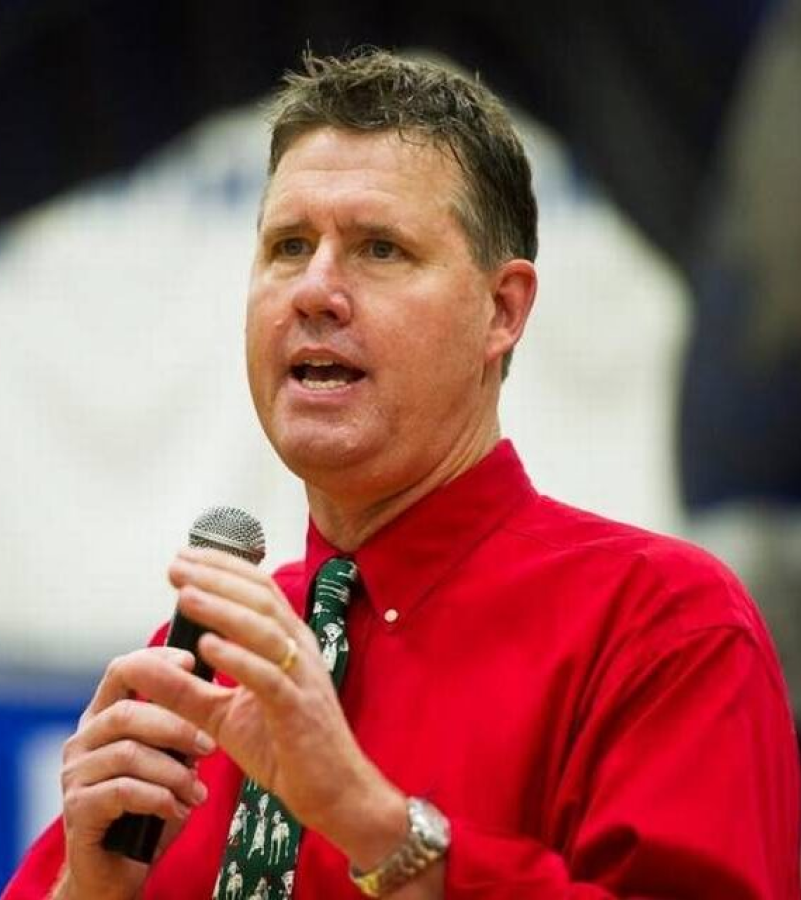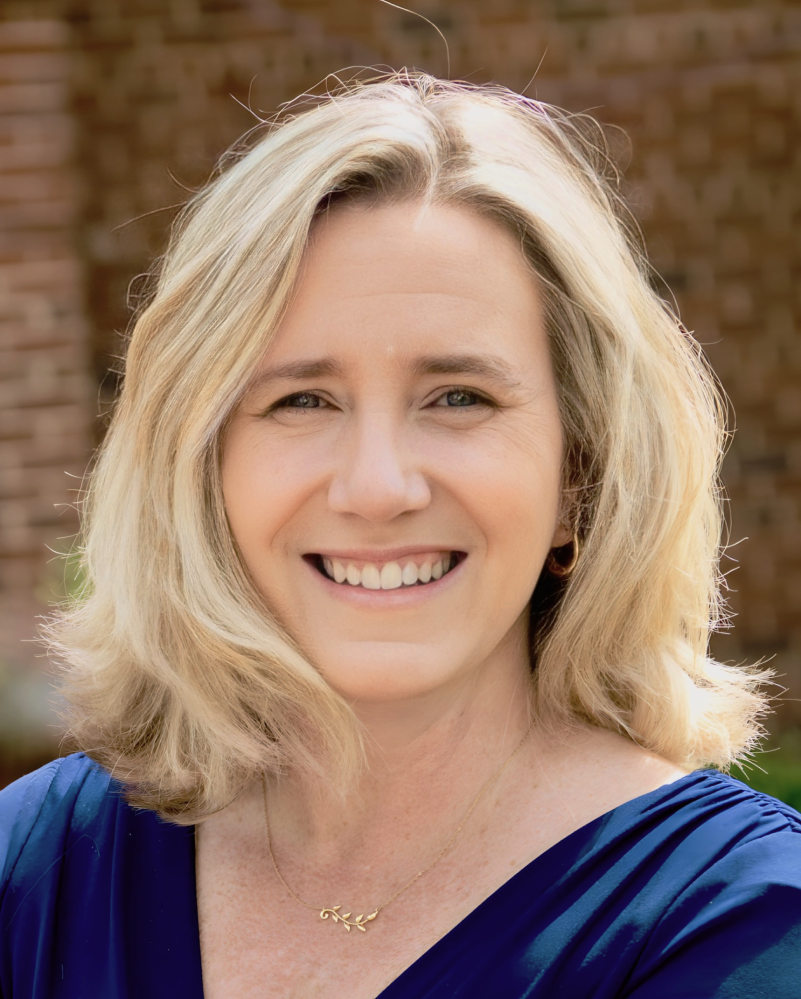"Our students get a lot of opportunities that don't exist in brick-and-mortar schools. ”
Could you please give us a brief overview of where Merced Union stands today?
We are standing at a pretty good point. We have bounced back strongly from the pandemic, and I’m measuring our success against other districts. A lot of districts are still struggling with the effects that the pandemic had on students and staff and are making the necessary changes. A lot of different areas have been affected by the pandemic.
One of the strengths we have as a district is we don’t fear failure. We don’t fear trying something new, pushing the edges of the envelope, so to speak. I will even use the phrase; we want to be on the bleeding edge. You’re going to get cut, but that’s the attitude leaders have to have in public education today because public education needs to change, and it doesn’t in a lot of places. It looks exactly like it did 30 years ago.
It’s been a mindset shift. In our district, I became the superintendent in late 2015. So, I’ve been here for nine years, and the first few years were difficult because I brought a lot of this attitude and structural changes to a district. If you know anything about either elementary or high school public education, when you make structural changes, and I don’t mean like the mindset everyone’s used to because different leaders have different mindsets, but when you start messing with people’s days and their minutes in a particular period, that’s a whole different level.
I’ll just give you one or two examples. We went from a 6-period day to a 7-period day and added a CTE (Career Technical Education) requirement. Our older readers will read that and say vocational ed. Yes, it’s very similar except a little notch up. We made those two changes, and we’re one of the few districts in the state that did.
In our district, you have to take two courses. Most kids take three courses because they want to become pathway completers. We have 32 or 33 different pathways around our district. In order to make that a relevant, successful process, we needed to have more periods in the day.
We changed what we could to make education more relevant. Kids are actually leaving high school, and most of them know what their next step in life is. That’s what we want. High school is foundational. We know students are not widgets. They are all different, have different dreams and desires, and have different families and different circumstances. Our high schools have to react to that and deal with that, and that’s not how public education normally behaves. Public education likes blanket responses and programs. Our district is not like that. We came in with new requirements and outcomes, changing the high school experience for students.
Now, I’m refining that. We also do a good job of that, and that requires engagement. You have to go out and talk to the community, your parents, students and staff members. You have to get that feedback on a yearly basis and then create goals in your district with our board of trustees, who are very supportive of this process. All those goals are very public.
Our process is getting feedback from my students and the site. I go out and have lunch with a selected group of seniors at all of our campuses–six comprehensive sites and then one alternative ed site. I’ll ask them, “What are you most thankful for in your experience? Do you feel prepared for whatever your next step is?” That’s like the catch-all answer because I don’t care what their next step is. “Are you prepared, no matter what the next step is? It could be military, it could be work, it could be Harvard, but do you feel prepared?” Then, the last one is what they would like to see changed if their sibling was an incoming ninth grader. “How could the high school experience for your sibling be better?”
We then take that feedback and principles, hear that, and actually do something with it, meaning we will change our focus or add something. For example, students two years ago, coming back from the pandemic, had expectations lowered both behaviorally and academically. Of course, that wasn’t a systematic thing. That was where people were when I told you that there were effects from the pandemic.
You have to talk about that from a leadership point of view. Okay, this is what kids are saying, folks. What are we going to do about it? Then, you react to that. We created a board goal around the student expectations and the rigor that we expect from our instructors and processes in place to measure that. That’s an ongoing refinement of a system that we have found to really work well. You’re doing all of this with a mind of a can-do spirit and mindset. Our society changes every year, but schools are famous for being 30 and 40 years behind society, and that just can’t happen anymore.
You obviously focus on relevant education. What are the main initiatives that you are very proud to have implemented in Merced Union?
The main one is the CTE program. We’re a leader in the state in that area. We have other schools that come and visit us and talk to us about it. The second one is dual enrollment. In fact, the reason I am late is that I was with President Vitelli of Merced College in his yearly overview. According to his numbers, we had over 3,000 students who took classes from Merced College. We only have 11,000 students. That’s one-third of our students taking a college class because that’s another unique thing about us. Our vision statement is also our outcome expectation.
We want students to leave us with a diploma that represents the academic foundation. We want students to leave with the CTE certification, meaning that they have industry experience while they are in high school. If they’re going to college, do they know why they’re going to college? Hopefully, or if they’re going to work, they have had this experience, and they either had a good one, and they want to continue that or maybe they had a bad one, and they didn’t like what they experienced in high school and CTE. They’re going to try another industry. Either way works, right?
We want them to leave with college on their transcript. If students experience college while in high school, they have a 20 percent higher chance of success. We hold kids’ hands. Let’s face it. That’s what high schools do. We get them through and help them overcome the barriers and challenges they face in life, and when they get to college, there’s no one holding their hand.
It’s important that they have that good experience with college while they’re in high school. That’s kind of our three-pronged approach. I’m on the California High School Coalition, which is a lobbying group for the State of California. It is not the relationship we have with Merced College and the number of students who are able to have the college course on their transcript. That is the most inequitable thing in the State of California right now. Some high school districts have a great relationship with their community college district, and some do not. Why is it? The kids in Merced have access to all these college courses, but the kids in Sacramento don’t. We always like to talk about equity, right? Well, that’s huge because that decides students’ futures. Having that access is really important statewide.
Understood. Part of this success is collaborations with the business community and with partners. Could you tell us a little bit more about the partnerships that you have established?
Probably the most successful personal partnerships I have are with my other K-12 colleagues. However, I think the President of Merced College and the Chancellor of UC Merced—the three of us—have what I would call a special relationship, and we work really closely together. We have lunch every quarter. We take turns hosting that at either UC. Merced, Merced College or our district. We talk about how we can work together better and provide more opportunities for the students we serve and the communities we serve, and what the challenges are, what the barriers are, and try to help each other plow through those so our students can have more access. We do a great job in our CTE programs.
For example, three weeks ago, I had a meeting with the county CEO, the sheriff for the county and one of the county supervisors. We sat down and talked about their problem with qualified candidates to serve in the public safety realm. Well, what can we do? What can we do as the high school district to help with that? We determined that there are things we can do that we’re currently not doing. Then, we put things in place to help produce more candidates, which means we have to have more accessible pathways and more teachers to teach public safety at our various high schools. As such, those students go into
the sheriff’s department prepared.
It is being accessible. It’s identifying the problem and knowing who to contact to solve those problems. I’m happy to say that two days ago, the same sort of thing happened. We have a large manufacturer called Westmark, which is a building company of large tanks for milk and water. They work for the Canadian government, the US government and large government contracts, and they’re having problems finding welders. We sat down with the CEO and some of their department leads to do the exact same thing we did with the sheriff’s department.
I believe the teachers are also part of the success, as they deliver college- and career-ready students. Could you perhaps tell me a little bit more about your staff and the teachers you are having?
Number one, we have very little turnover. Our educators live in our communities and serve in our communities. I’m very happy to say most of them have an outstanding growth mindset and are willing to get a different credential or fill a different void or need in our system when that void is identified. We have a unique system in which there are only two districts in the State of California that do this. Our teachers teach five out of seven periods.
In most high school districts you would teach like six out of seven or five out of six, and you would have one prep period. Well, in our system, you teach five out of seven. That’s your base pay and your base contract. You have basically two prep periods. Because we often need more classes taught, we can purchase one of those prep periods and a teacher will get paid 20 percent more on whatever their current contract is. That is a very serious upgrade and carrot for teachers in our district. As such, when we have open positions, we generally have a very long list of folks trying to get into our system. That’s definitely not the way it is up and down the state.
I have one more question for you. What key message would you like to send across?
We keep growing. We keep having that mindset of where we can improve. I think we’re doing really well, but we always will have areas to improve and grow in. We can’t be afraid to address those areas to make the student experience even more powerful and relevant than it is today.
Is there anything I haven’t asked you about that you would like to mention as well?
With the UC Merced partnership, we were the first to lead the way. We were the first to sign for the automatic admissions program. That would be one key thing. Because of that, a lot of districts have followed in that direction and have built that partnership as well which is what we want to do. We want more people into our school district to see and also do the same. So, everybody gets the opportunity within the Central Valley.
I want to share one story about that. Two years ago, I went to a Livingston High School girls’ basketball game, and I was sitting there by myself with this parent from Livingston. The mother came up and introduced herself, and she had a tear coming down her eyes. She said, “You know, I don’t know you, but I know that you’re the one who created these pathways.” And I said, “Well, I have a lot of help with that. I’m the leader, but I’m not the one who does it all. That’s for sure.
She said, “No, I know, but I want you to know that my daughter just graduated from UC Santa Barbara in three years because you enabled my child to take college courses while she was a senior in high school. It ended up saving our family $30,000 to send our student to school.
By the end of the conversation, she had multiple tears coming down, and people get it. They understand what we’re trying to do, and the results are real. Not only did that family saved the money, but the student is starting work a year early. It’s a double positive there. I’ll leave you with that, Victor. Appreciate your time.



















